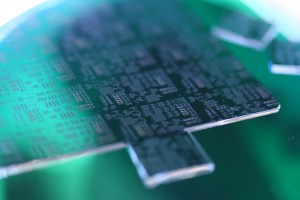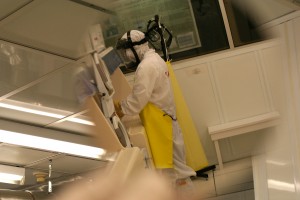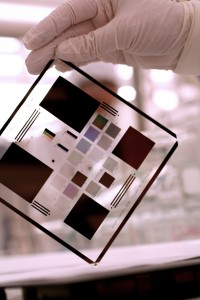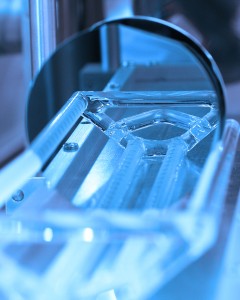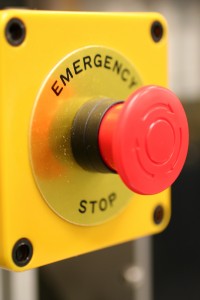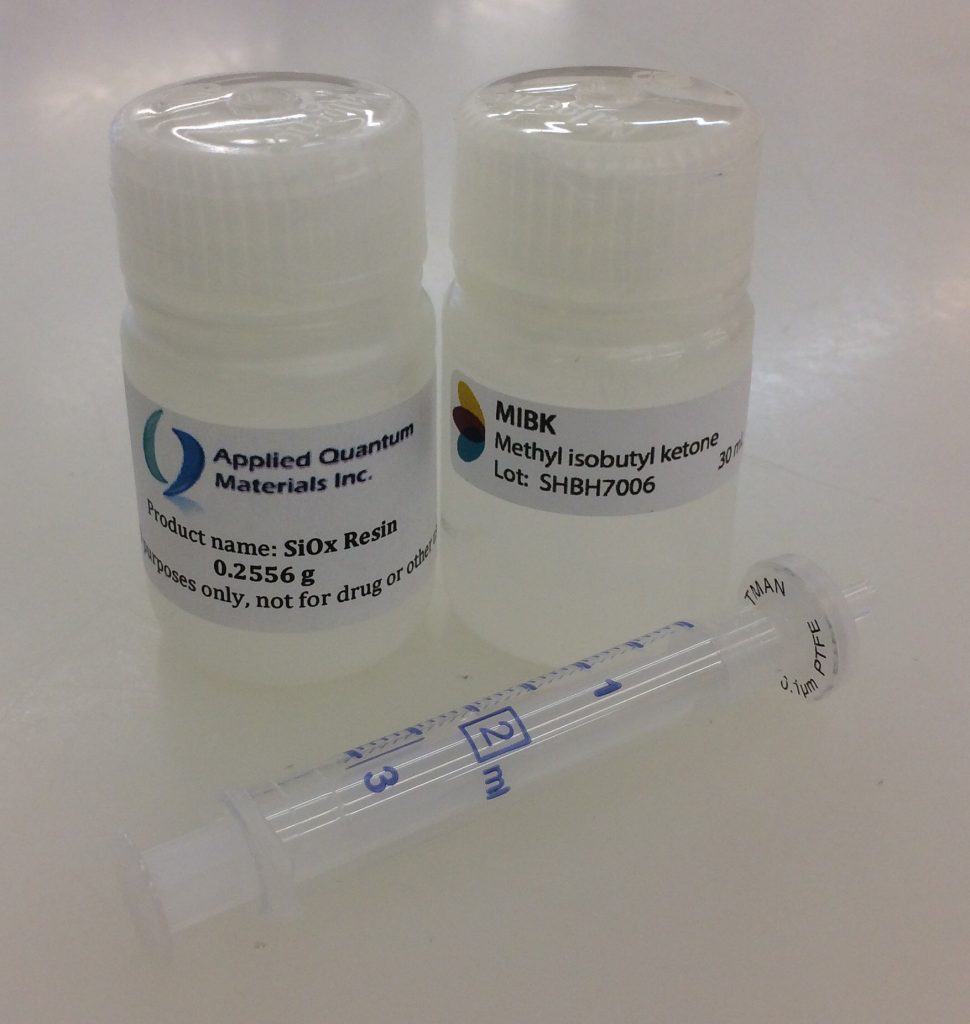Hydrogen silsesquioxane (HSQ) is a negative-tone electron-beam lithography (EBL) resist with good dry etch resistance, high resolution (~10 nm features), and excellent line-edge roughness. These characteristics have made Dow Corning HSQ the traditional EBL resist of choice for applications which require dry-etching of very fine features, such as in silicon-based photonics.
One challenge with using HSQ in MIBK, however, is that it has a relatively short shelf life of six months from date of manufacture, after which there may be changes in resist sensitivity, precipitation of particles, or both.† Contamination of the HSQ:MIBK solution with water—which can easily occur when a refrigerated vial of HSQ is opened before reaching room temperature—can also cause the mixture to solidify into a gel.
To help overcome these challenges, the nanoFAB now stocks a made-in-Alberta alternative to Dow Corning HSQ: AQM SiOx, manufactured by Applied Quantum Materials Inc. AQM SiOx is also a silsesquioxane-based, negative-tone EBL resist, with characteristics very similar to the Dow Corning product in terms of resist sensitivity and achievable resolution. A side-by-side EBL comparison of the two resists yielded comparable results for single-pixel line and dot arrays:
Comparison of single-pixel dots of Dow Corning HSQ and AQM SiOx patterned on Si substrates. Process details may be found here.
For more information about using this resist, please contact Aaron Hryciw.
Documentation
† This is in stark contrast to positive-tone EBL resists such as PMMA and ZEP-520A, which can be used for years after their “expiry date” with little change in their behaviour, except for a gradual increase in viscosity due to the slow evaporation of the solvent (anisole), which can be corrected via dilution.↩

